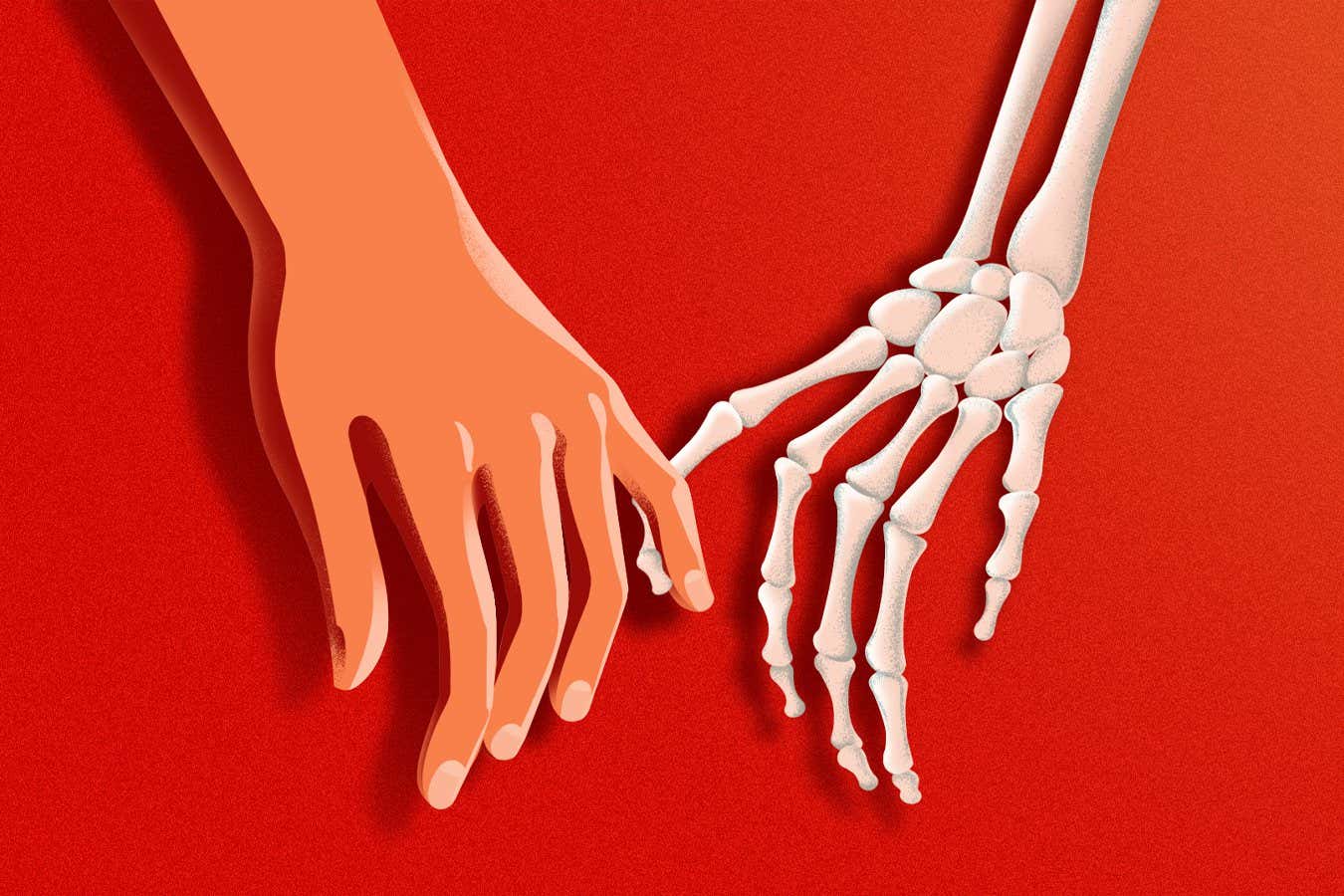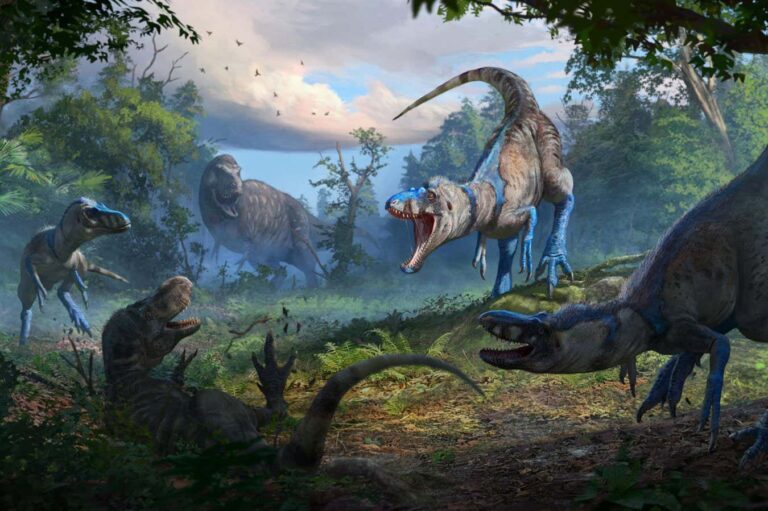

Horror fans have been painted with the same broad and bloody brush for decades: labelled as cold, unfeeling thrill-seekers who delight in others’ suffering. Film critics have described the fans and creators of films like Friday the 13th and Saw as “very sick people“. Even among academics, the prevailing explanation for why some people love horror has been that they lack empathy or are simply addicted to adrenaline. In my new book, I argue that these assumptions are all wrong.
One of the most persistent misconceptions about horror fans is that they must lack empathy to enjoy watching films with so much suffering. This claim is intuitive and, until recently, was ostensibly supported by evidence presented in a meta-analysis from 2007. But a meta-analysis is only as strong as the studies it summarises. In this case, they had poorly defined variables. For example, the two studies with the strongest association with low empathy examined participant enjoyment of torture and short clips that concluded with brutal murders and no satisfactory resolution. These measures probably won’t tell you much about horror fans, but they might tell you something about sadists. The authors of the meta-analysis admitted deep in the discussion section that the link between empathy and enjoyment of horror vanished when those studies were removed. Sadly, that caveat didn’t make it into the abstract.
In 2024, I published a set of studies that directly addressed the question of horror fandom and empathy. The results were striking. Using standardised assessments that measured empathy and compassion, I found no evidence that horror fans were lower on any measures of either. In fact, they scored higher on empathy and compassion on some measures.
Even with empathy out of the picture, the prevailing wisdom suggests that horror fans are just seeking an adrenaline rush. Some older studies even demonstrate evidence of this. However, the truth is more complex.
When my colleagues and I examined the motivations of horror fans at haunted attractions, we found that “adrenaline junkies” represent only one subset of horror enthusiasts. We also discovered a group we called the “white knucklers”, who find horror genuinely frightening and dislike feeling afraid. Our research suggests that horror offers these fans a chance to overcome their fears and learn something about themselves. We also found a group we called “dark copers”, who use horror as a way to process difficult emotions and experiences. They find a sense of catharsis in fictional fear. This three-type model reveals that many horror fans aren’t just motivated by adrenaline. But there is one common trait among them.
My research has identified a personality trait called morbid curiosity as the most powerful predictor of horror fandom. It is this inclination to seek out information about dangerous, threatening or death-related phenomena that drives a fascination with horror media. And it may be good for you. Studies show that people with higher levels of morbid curiosity demonstrate better preparedness for real crises and show increased resilience during stressful life events. Horror fans, it seems, may be practising emotional regulation when they play with their fears through scary entertainment.
The evidence paints a picture of horror fans being empathetic, curious and psychologically sophisticated. Horror is a testament to human adaptability and our remarkable capacity to find meaning, connection and even growth in the face of our deepest fears. Recognising this not only helps us understand horror fans more accurately, but also illuminates something profound about human nature itself.
Coltan Scrivner is author of Morbidly Curious: A scientist explains why we can’t look away
Topics:



